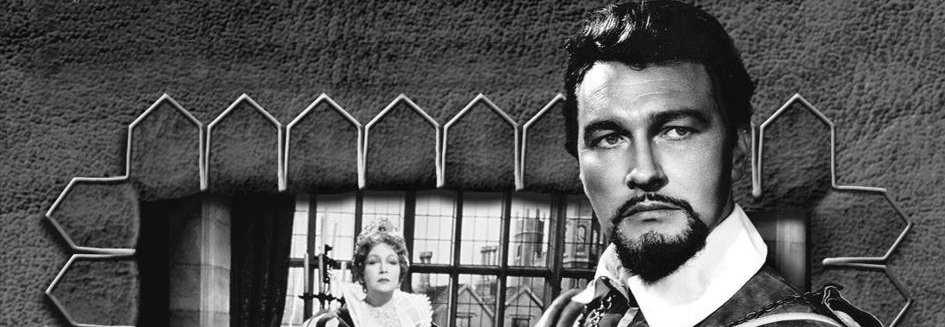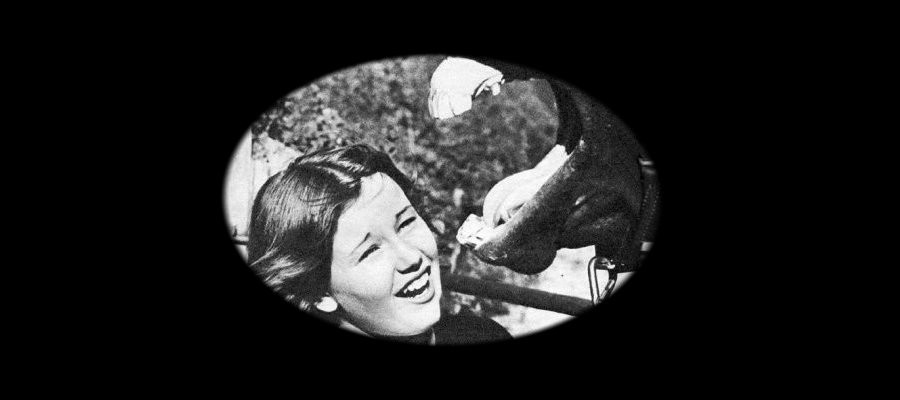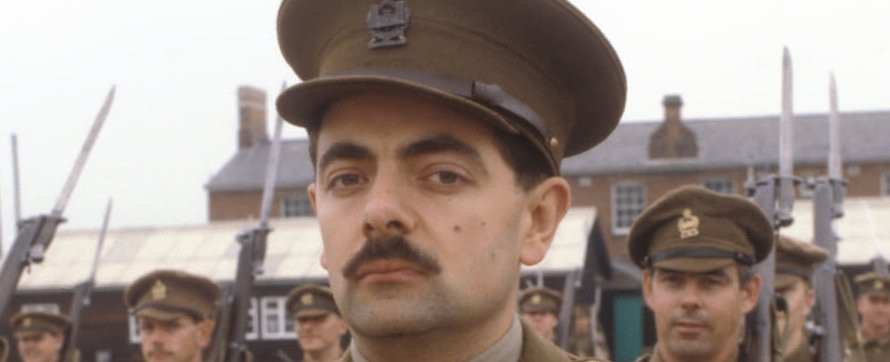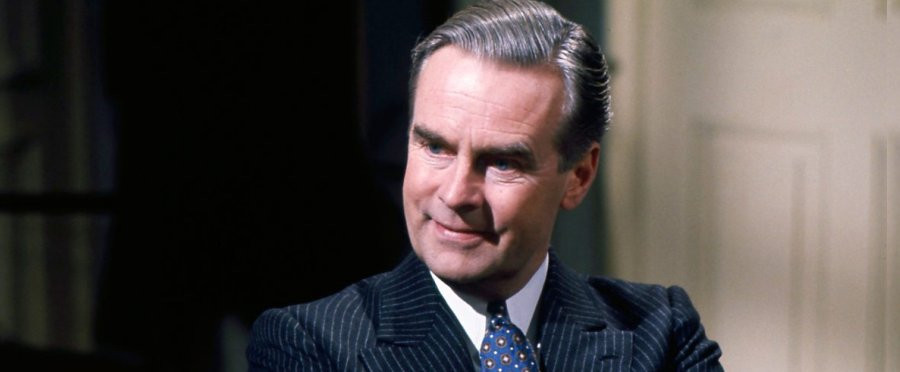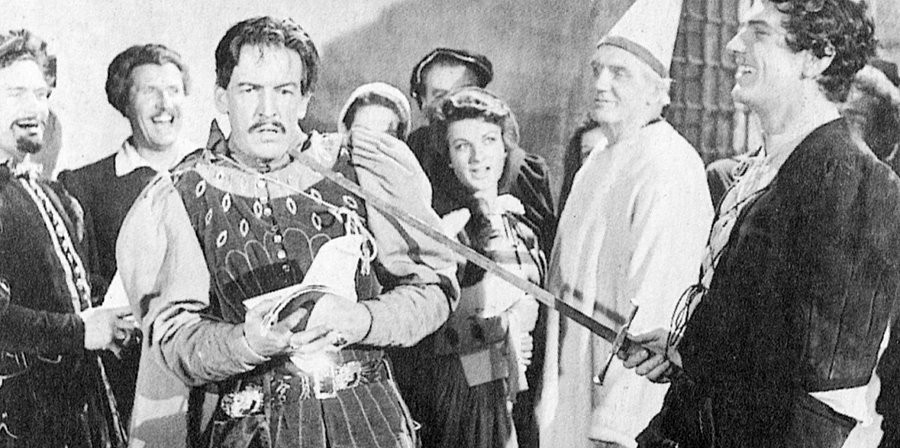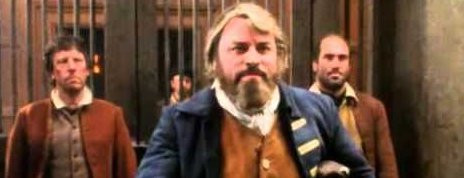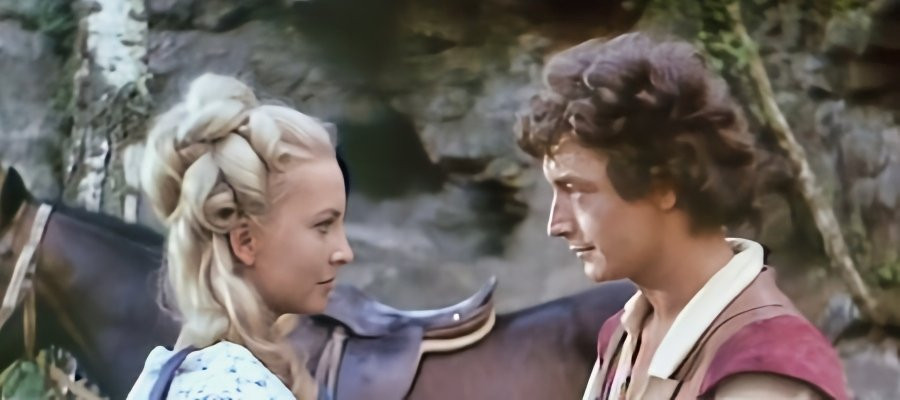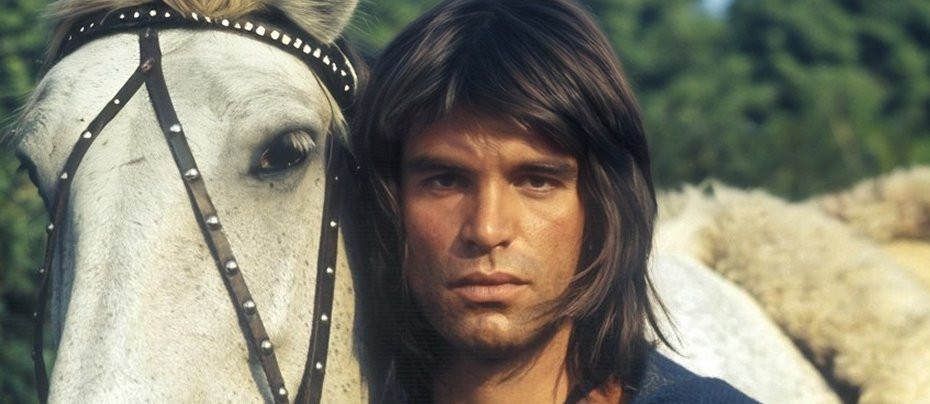
Arthur of the Britons
1972 - United KingdomDepictions of King Arthur in films and on television have typically focused on the mythology and legend; chivalrous knights, courtly love, great deeds of derring-do, magic, enchantment and enchantresses. This excellent children's television series was a muddy and realistic version of the King Arthur legend which depicted Arthur (Oliver Tobias) as a struggling 6th century warlord, battling to unite the fragmented Celtic tribes into a cohesive fighting unit that could effectively oppose the Saxon invaders who were arriving in Britain in growing numbers.
This was King Arthur as he might have been. Not based on historical fact, the series remained within the bounds of possibility rather than recount the legendary stories of an idealised Camelot of heroic deeds and great quests.
Historians agree that the true Camelot was a severe encampment of log and thatch within cunning defences, and this series showed it as such. You would practically struggle through the mud and mist of this Camelot in your own living rooms at home, as you watched this most realistic of portrayals of Arthur's struggles not only against the marauding Saxon hoardes, but also the various Celtic factions which were scattered around the country.
In this version, Arthur becomes leader of the Celts by releasing Excalibur, the sword in the stone, from the giant rock in which it is encased, and lifting it above his head and thus proclaiming himself as the "true" King of the Britons.
The artful way in which Arthur got the other claimants to the throne to assist him in releasing the sword by moving the rock to enable him to claim it doesn't go down well with the others, especially his cousin, Mark of Cornwall (Brian Blessed) but it shows Arthur as a cerebral man who carefully considers the problems he and his tribe encounter, and Arthur is shown as a man who tries to show his people the way forward by diplomacy and bargaining and not just by warmongering.
Assisted and guided by Llud, The Silver Hand, his adoptive father and Kai, his foster brother (who is himself a Saxon foundling), Arthur of The Britons stripped away the elaborate medieval view of Camelot and provided the viewer with a thoughtful and fascinating insight into the Arthurian legend.
Seen this show? How do you rate it?
Seen this show? How do you rate it?
Published on November 28th, 2018. Huma.


